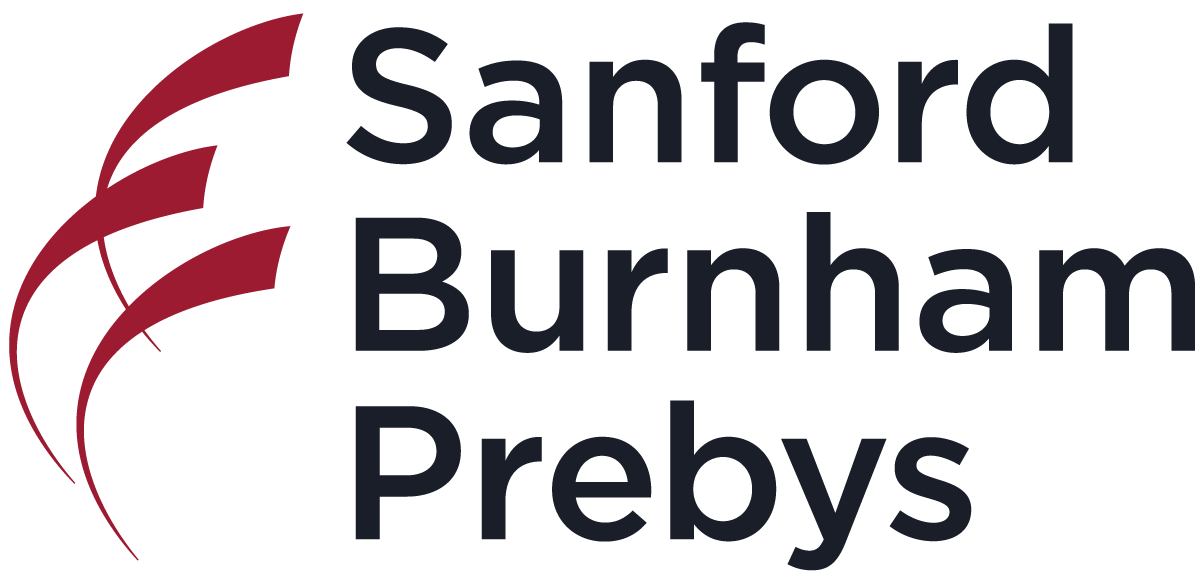Newswise — Transcription factors (TFs) are proteins that initiate and regulate the transcription of genes, essentially turning genes on and off, boosting or repressing their activity. At last count, there were over 1,500 known TFs, but the contribution of most of the TFs to life and health is unknown.
Sanjeev S. Ranade, Ph.D., who recently joined the faculty of Sanford Burnham Prebys as an assistant professor in the Development, Aging and Regeneration program, studies how TFs specifically control the development and function of cardiac cells — and what happens when things go wrong.
In particular, he focuses on how disrupted cell-to-cell signaling caused by mutations in TFs can cause congenital heart defects or CHDs.
“My research is focused on understanding why young children are born with heart defects. What are the principles and rules that allow our hearts to develop in the first place and why do these rules get broken in some cases? This is really important because nearly 1 in 100 children are born with some form of heart defect and many of these children will suffer from heart disease at much earlier stages in life compared to the general population.”
For children born with critical CHDs (CCHD), the one-year survival rate has improved over time due to improved health care, but mortality remains high. According to the Centers for Disease Control, among children without chromosomal anomalies or other birth defects, the one-year survival rate with a CCHD is 75%; approximately 69% survive to age 18.
“One of the greatest challenges in treating and diagnosing children with congenital defects is simply defining what exactly has gone wrong,” says Ranade. “We can only explain about half of these cases, and even then, often with just a surface-level understanding.
“This means there are lots of opportunities to find new treatment approaches that can help children with heart defects in later stages of life and potentially also before they are even born. I hope that my research will find new genes underlying CHD and help us better understand how the defects occurred in the first place.”
Ranade, who comes to Sanford Burnham Prebys from Gladstone Institutes, an independent, nonprofit biomedical research organization located in San Francisco, says he became a scientist by “pure luck.”
“During my undergraduate studies (at James Madison University in Virginia), I became disinterested in the memorization-style formats of my pre-med classes and craved a setting where I could do more hands-on work. The moment I switched majors to a more research-focused biology track, I immediately found that being in a lab and running experiments unlocked a creative side of my brain.”
For his doctorate in molecular biology at Scripps Research in San Diego, Ranade studied ion channels — proteins that span cell membranes, allowing passage of ions or charged molecules from one side of the membrane to the other. The channels serve many critical functions, including transmitting signals involved in cell-cell communications and muscle contraction.
Working as a post-doctoral fellow and staff research scientist in the lab of Deepak Srivastava, M.D. at Gladstone Institutes, Ranade looked at how genetics and cell biology were connected and how disruptions to these connections led to children with heart defects.
“The work I do now stems from this training and seeks to connect how different cells communicate and connect at various stages of heart development.”
Ranade says he moved to Sanford Burnham Prebys “because of the potential to do outstanding research and collaborate with engaging scientists, on campus and within the broader La Jolla community. Sanford Burnham Prebys has all of the resources I need to conduct my research without the massive infrastructure or bureaucracy of larger universities.
“I want to run a research group where I can ask interesting and important scientific questions while also training the next generation of scientists. I would define success as being a leader who encourages people to be creative and curious. I want my lab members to feel like they can take on risky projects but be in a protected environment.”

